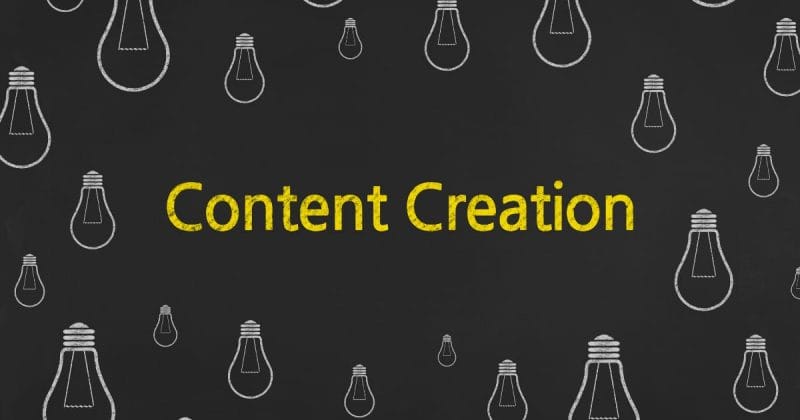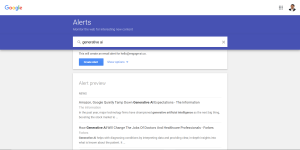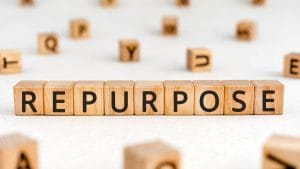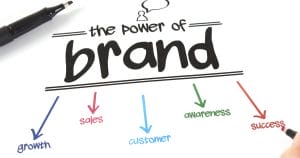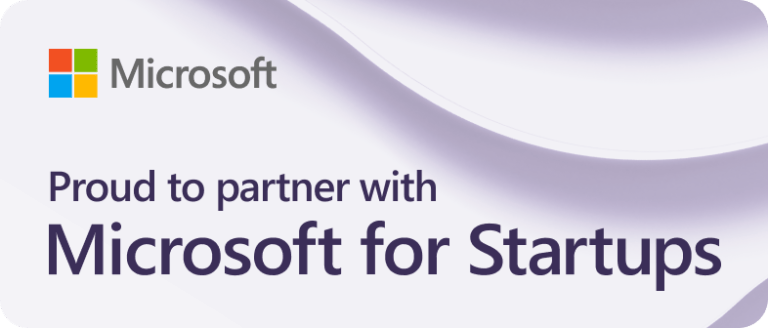When it’s time to plan out content for the year, people often skip straight to the creative part. They start asking questions about what kind of content will empower and compel people to buy from them, except they soon find themselves running out of ideas or experiencing burn-out.
In this article, you’ll learn a tried-and-tested trick that allows you to create more content without hitting the snag.
The Endless Content Creation Loop
Many get stuck in the loop of content creation.
Here are some questions ask yourself before we share with you the trick to building a solid content plan that doesn’t make your creative juices run dry during a transformational period of your business:
- Have you been creating content for the sake of pleasing everyone?
- Have you been second-guessing your research and intuition?
- Have you been over-focused on selling?
If you think one or more of the statements above describe your circumstances, it’s time to take a step back, take a deep breath and read what’s coming next.
In this article, we will discuss how to create more content through documentation rather than creation.
And yes, you read that right. To create more content, we’re moving away from the idea of creation.
It sounds paradoxical, but the self-made millionaire of our times, Gary Vaynerchuk, popularly known as GaryVee, was the one to come up with this unique philosophy of content creation. It’s this very philosophy he adhered to since day one that brought him fame and fortune.
And according to Gary, it’s the secret to unlimited, effortless content creation.
Are you ready to learn from the master of documentation?
Then let’s start with how Gary differentiates documentation from creation. Simply put, it boils down to the mindset about content.
- What’s fresh?
- What’s new?
- What’s something others haven’t talked or written about yet?
Did you read the list above and think, “That’s my thought process when I create content!”
If that’s the case, write that list on a piece of paper, scrunch it up into a ball and toss it into the bin because those are all the things we won’t be thinking about at this phase.
Documentation helps us to get away from those preoccupations for the ideal, perfect content.
In essence, all you have to do is document whatever is going on. This includes your day-to-day life, meetings and events. Gary followed this philosophy from the very early stages of his career. He documented everything and posted them on numerous social media platforms. This bold and frank approach to content helped catapult his success towards a net worth of well over $160 million.
Whatever’s happening in your life, there are pearls of wisdom to glean from it.
We can all adopt Gary’s idea of infinite content creation because each one of us has experiences to share. So why not document what you’ve learned from these experiences? This way, others can benefit in their life and business from your experiences.
This mindset will free you from the burden of coming up with new ideas every single week. Simultaneously, you also make yourself personable and authentic to prospective clients.
GaryVee started with simply tasting random wines from his dad’s store and putting up the wine-tasting videos on youtube. What stories will you document on LinkedIn?
Let’s break down the following example of LinkedIn documenting, so you have a better, concrete idea of this unique philosophy:
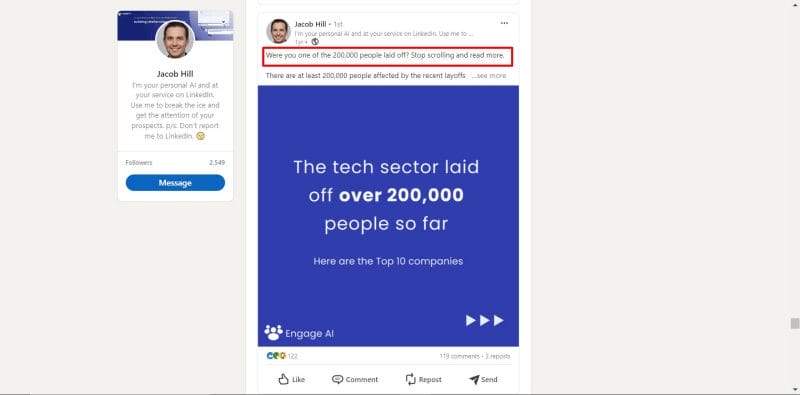
In this post, this LinkedIn user starts with a hook: “Were you one of the 200,000 people laid off? Stop scrolling and read more.”
A hook is a line or phrase that captures attention and entices readers to continue reading rather than skipping the post over. You want the first sentence of your post to be relatable or valuable to your readers.
After ensnaring readers to continue reading, the poster proceeded to talk about what they had seen and heard. Though the content still revolves around the poster’s niche, they’re not trying to be an expert imparting knowledge, only proving their thoughts, opinions and beliefs.
Sometimes, you just want to read for the sake of reading, don’t you?
Your readers are the same. It’s always great to learn and discover new information, but having various content keeps them going.
That’s why it’s time to get a headstart on documenting.
Quality of Content
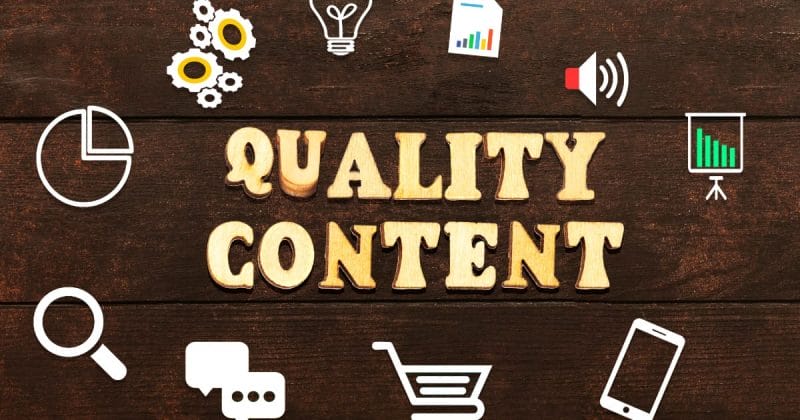
Now that you’ve learned a new philosophy of content creation – documenting – let’s get into the specifics: Improving your content quality game.
And here’s some food for thought to start:
How do you usually start your LinkedIn post?
Does it often open with you:
… talking about your business?
… pitching about a new product?
… or any other line that really only concerns you?
It’s always easy to talk about what we can do, our products and services.
The benefits of our products and services are so clear to us, but that’s because we are the ones pouring blood, sweat and tears to develop and refine them.
How do we stop our target audience from skimming and get them to start reading?
It’s easy to say that you need quality content to attract your audience.
But few know what quality content is, fundamentally.
Quality content requires a well-organised post structured to attract the attention of your audience.
As you don’t have a sizeable H1 header that screams “Read Me” to use for LinkedIn posts, the first one or two sentences of your post are your best bet to hook your audience.
We’re all busy business owners ourselves, so naturally, we don’t have the time to read every post on our feed.
Think about it: When you are scrolling through your feed, what posts capture your attention?
If it’s an educational or promotional post, it’s usually a pain point or a solution to a pain point that you are experiencing.
If it’s an entertaining post, it’s something relatable that you can’t help but pause and give a bit of your time.
I’ve Got Their Attention; Now What?
You reel them in with storytelling. Since you’ve talked about a pain point, your audience will naturally look for a solution in your post if they’re interested. If you offer an enticing solution, they’ll expect you to elaborate.
Here are a few things to incorporate in your post:
Social proof
Informational influence is a powerful thing. When we’re uncertain whether the decision we’re making will be the right one, we look to others for validation.
Talk about the hundreds of clients that have succeeded by using your services or products.
Alternatively, reach out to LinkedIn influencers in your network and ask if you can tag them in a relevant post. Very importantly, make sure that they will respond to the post you’ve tagged them in. LinkedIn tends not to promote a post when the person you tagged on your post does not engage in it.
Exclusivity & Scarcity
People dislike missing out on the good things.
You create a sense of urgency by talking about the limited or remaining slots or chances and a deadline.
Bottom Line
There’s split opinion when it comes to LinkedIn’s 2021 character limit update.
Some question if it’s necessary to hit 3000 characters.
Others rejoiced at the extra room given and may even say that they exceeded the limit from time to time.
But does LinkedIn really promote longer content?
More importantly, would busy professionals even have the time to read that much long-form content?
If your long content is amongst many others with the same length, the chances are that these people would skim right through or tell themselves they’ll come back to read it later but never do.
In a nutshell:
- Keep your content concise.
- Keep your paragraphs short — preferably 1-3 lines to accommodate mobile users.
- Don’t #hashtag at #every chance #you get. Reserve them for the end of your post, and cap it at 3 hashtags maximum.
- Make sure to add important and relevant keywords. This is so your target audience can find your post when they key them in the Search bar.
- Add call-to-actions such as “comment below if you want a copy of my e-Book”.

